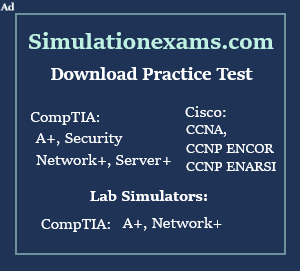4. Northbridge: This allows communication
between the CPU and the system memory and PCI-E slots. It is
a focal Point of Motherboard and It is also called as Memory
Controller Hub.
5. ATX 12V 2X and 4 Pin Power Connection :
This is one of two power connections that supply power to the
.motherboard This connection will come from your Power Supply.
6. CPU-Fan Connection: This is where the
CPU fan will connect. Using this connection over one fof the
power supply will allow the motherboard to control the speed
of the fan, based on the CPU temperature.
7. Socket: This is where the CPU will plug
in. The orange bracket that is surrounding it is used for high
end heat sinks. It helps to support the weight of the heat sink.
8. DIMM slots: DIMM's are by far and away
the most used memory types in today's computers. They vary in
speeds and standards however and they need to match up to what
your motherboard has been designed to take. The four standards
of DIMM's being used at the moment are SDR (Single Data Rate),
DDR (Double Data Rate), DDR2 and DDR3. The speeds of memory
can vary between 66Mhz to 1600Mhz.
9. ATX Power Connector: This is the second
of two power connections. This is the main power connection
for the motherboard, and comes from the Power Supply.
10. IDE connectors or PATA connectors :
IDE full form is Integrated Device Electronics. it supports
IDE devices, such as Hard disks and CD and DVD drives. Most
drives today come with SATA connections.
11. Southbridge: This is the controller
for components such as the PCI slots, onboard audio, and USB
connections.
12. SATA Connections : SATA full form is
Serial Advanced Technology Attachment. These are connect with
serial ATA devices, such as Hard disk drives and CD or DVD drives.
13. Front Panel Connections: this is where
we will hook in the connections from the case. These are mostly
the different lights on the case, such as power on, hard drive
activity etc.
14. FDD Connection: The FDD is the Floppy
Disk controller. Floppy Drive Connector is used to connect floppy
drives. It supports two floppy drives.
15. External USB Connections: There are
usually a couple of these ports located on each motherboard
used for connecting pen drives and external hard drives, like
Ipods or Mp3 players.
16. CMOS battery :This is the motherboard's
battery, which is used to power the south bridge and the BIOS
to save the setting, data and time.







